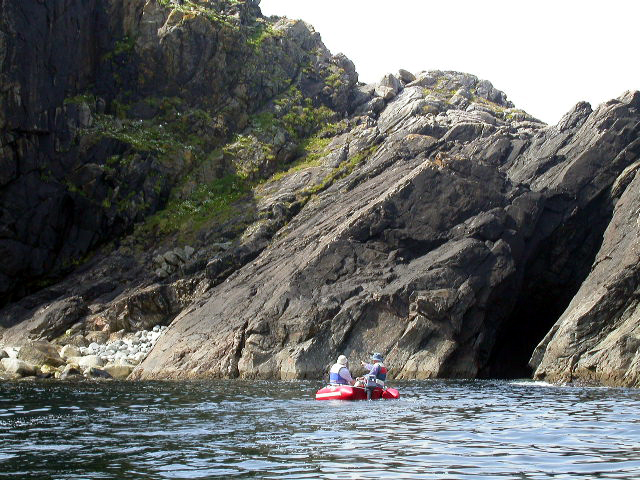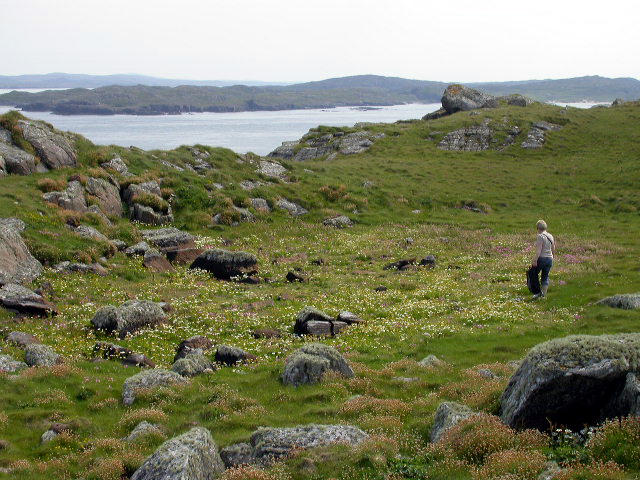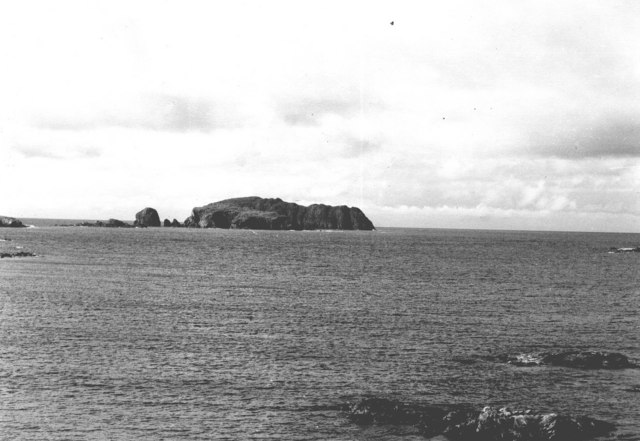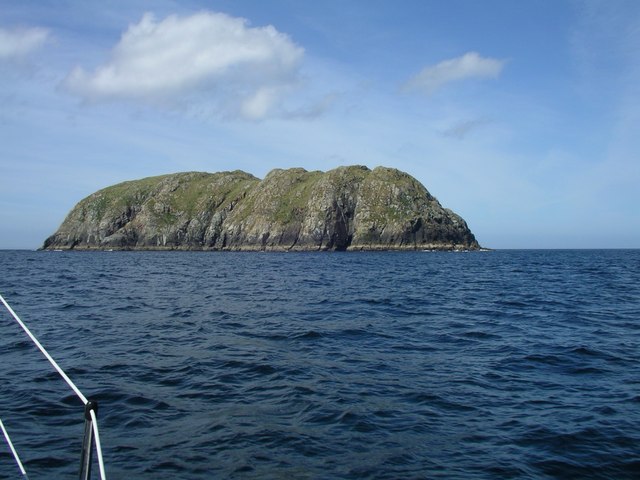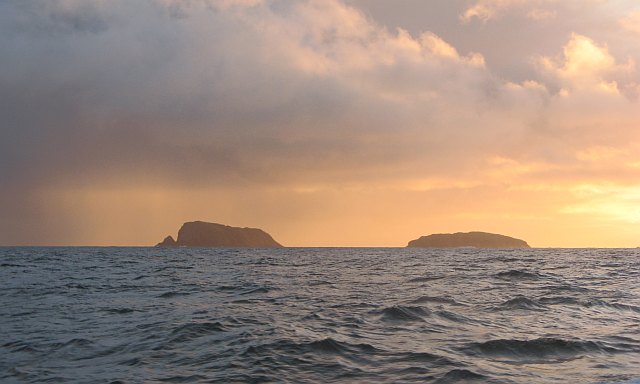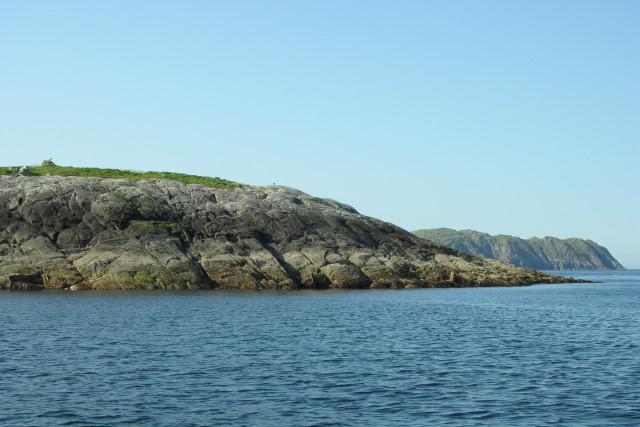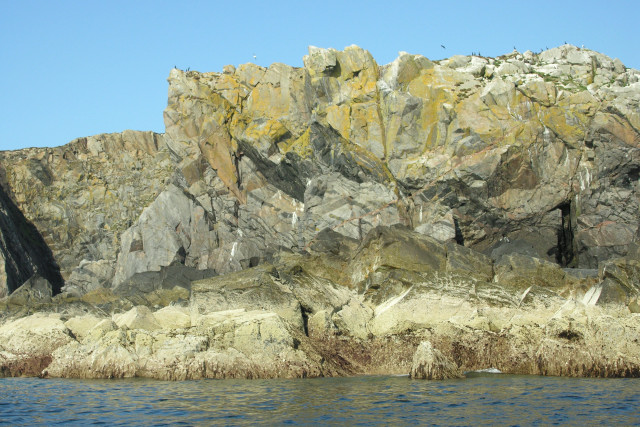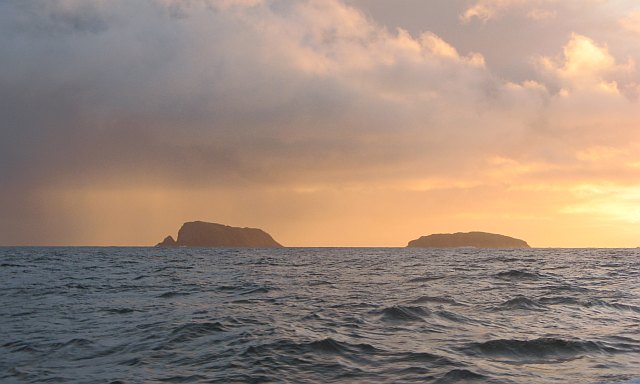Acairsaid
Coastal Feature, Headland, Point in Ross-shire
Scotland
Acairsaid

Acairsaid, located in Ross-shire, Scotland, is a prominent coastal feature known for its stunning headland and point. Situated along the picturesque coastline, it offers breathtaking views of the surrounding landscape and the vast expanse of the North Sea.
The headland of Acairsaid stretches out into the sea, forming a distinct and dramatic peninsula that juts into the water. It is characterized by rugged cliffs, which have been shaped over centuries by the powerful waves crashing against them. These cliffs provide a nesting site for various seabird species, such as gulls and puffins, adding to the area's natural charm and significance.
Acairsaid's point is a prominent landmark that marks the end of the headland. It offers an ideal vantage point to observe the ever-changing sea conditions and the diverse marine life that inhabits these waters. The point is often a favored spot for birdwatchers, as it provides an excellent opportunity to witness migratory birds passing through or nesting in the area.
The coastal path leading to Acairsaid is a popular route for walkers and hikers, offering a unique opportunity to immerse oneself in the stunning natural beauty of the Scottish coast. The path meanders along the cliffs, providing panoramic views of the surrounding area, including nearby beaches and coves.
Acairsaid, with its rugged cliffs, abundant wildlife, and magnificent coastal views, is a must-visit destination for nature enthusiasts and those seeking a serene and awe-inspiring coastal experience.
If you have any feedback on the listing, please let us know in the comments section below.
Acairsaid Images
Images are sourced within 2km of 58.277308/-6.9151675 or Grid Reference NB1142. Thanks to Geograph Open Source API. All images are credited.

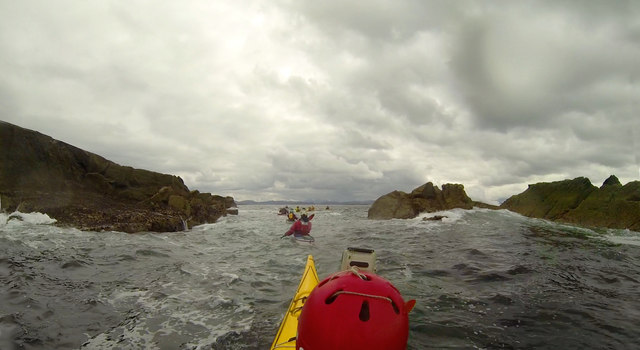
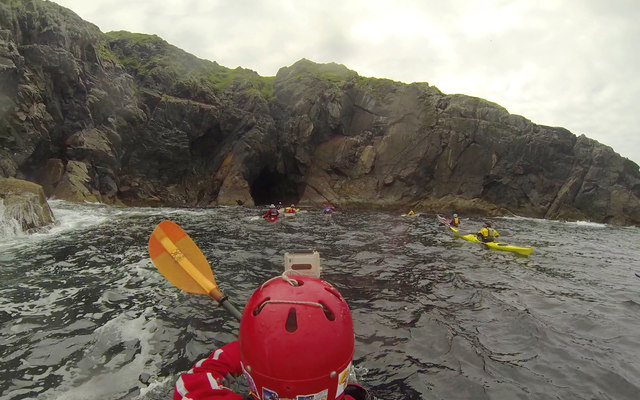
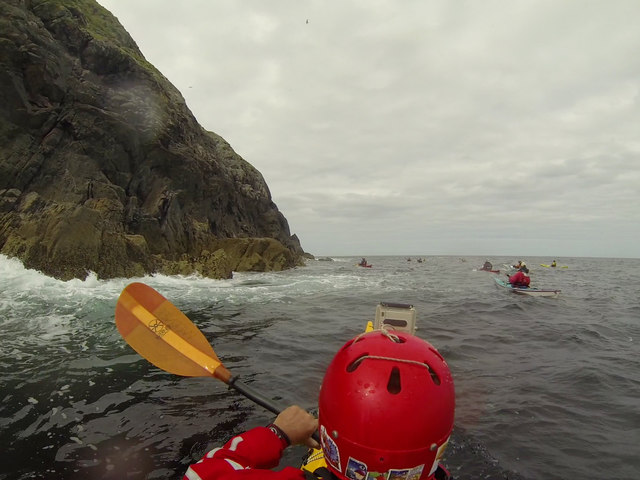
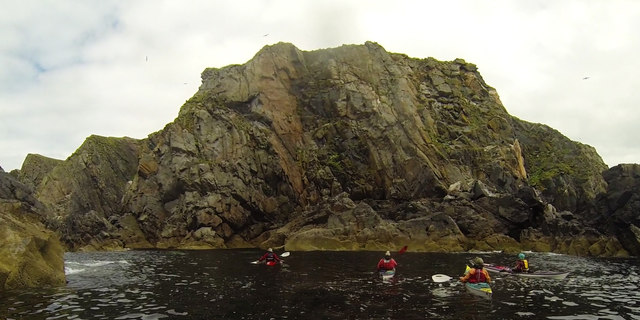
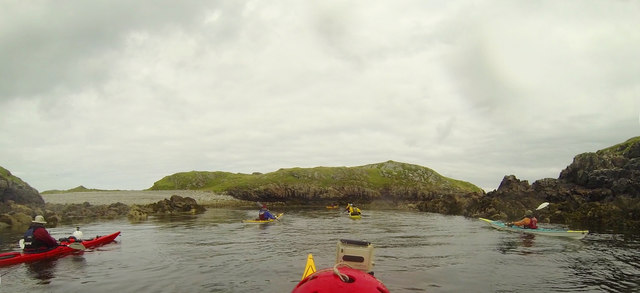
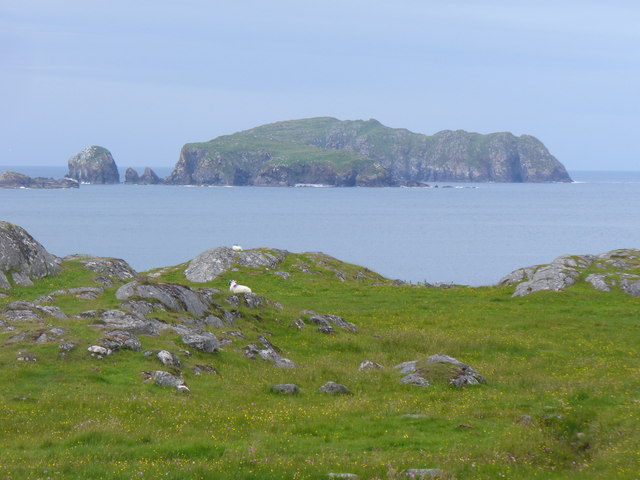
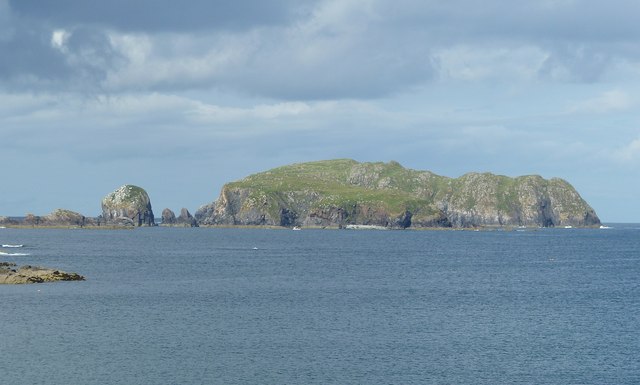
![Stac an Tùill This remarkably lumpy little stack is Stac an Tùill, it lies immediately to the southwest of Bearasaigh (<a href="https://www.geograph.org.uk/photo/2646866">NB1242 : Bearasaigh in front of Seanna Chnoc</a>). I can&#039;t find a definitive height for it, but as Bearasaigh&#039;s highest point is 58m I would estimate that Stac an Tùill achieves about 40m (c. 130ft)
[Edit] The latest OS map gives a height of 43m](https://s2.geograph.org.uk/geophotos/02/64/68/2646870_d9cfdc53.jpg)
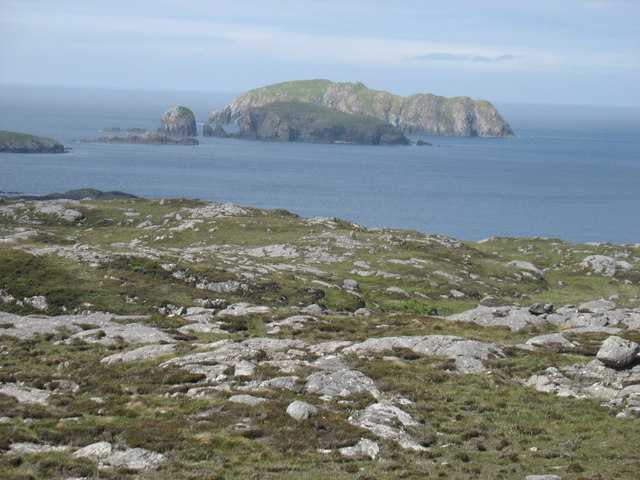
Acairsaid is located at Grid Ref: NB1142 (Lat: 58.277308, Lng: -6.9151675)
Unitary Authority: Na h-Eileanan an Iar
Police Authority: Highlands and Islands
What 3 Words
///clever.users.upholding. Near Carloway, Na h-Eileanan Siar
Nearby Locations
Related Wikis
Have you been to Acairsaid?
Leave your review of Acairsaid below (or comments, questions and feedback).
